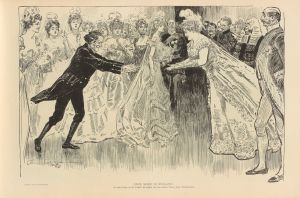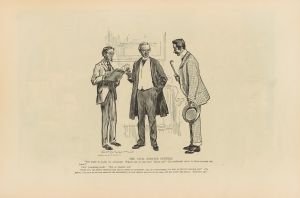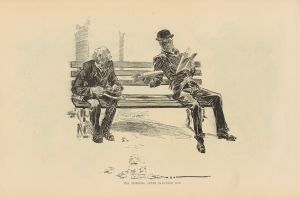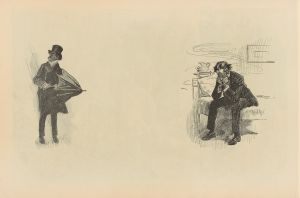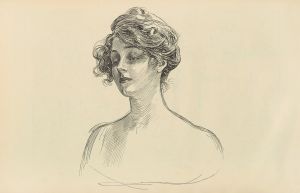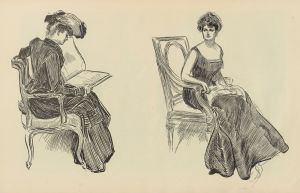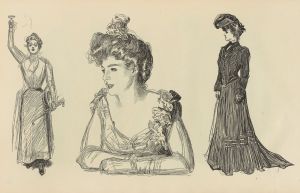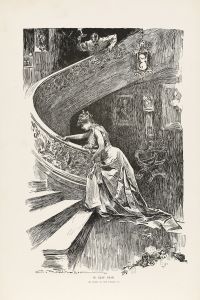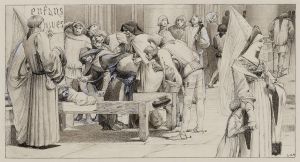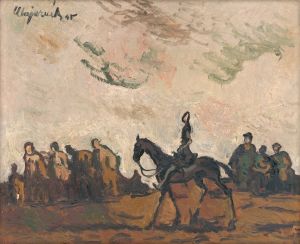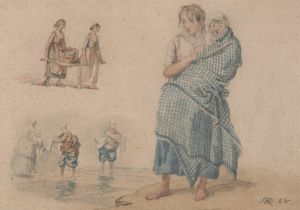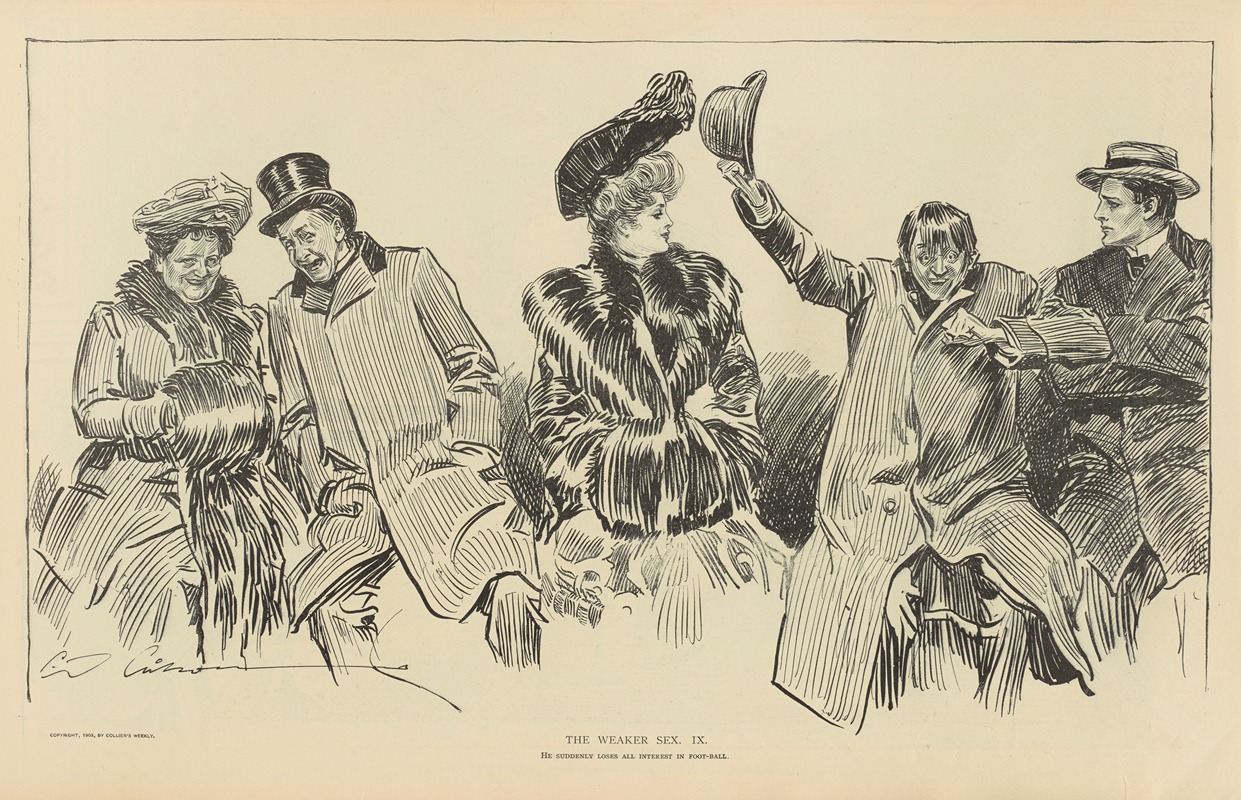
The weaker sex.—IX
A hand-painted replica of Charles Dana Gibson’s masterpiece The weaker sex.—IX, meticulously crafted by professional artists to capture the true essence of the original. Each piece is created with museum-quality canvas and rare mineral pigments, carefully painted by experienced artists with delicate brushstrokes and rich, layered colors to perfectly recreate the texture of the original artwork. Unlike machine-printed reproductions, this hand-painted version brings the painting to life, infused with the artist’s emotions and skill in every stroke. Whether for personal collection or home decoration, it instantly elevates the artistic atmosphere of any space.
"The Weaker Sex.—IX" is an illustration by the renowned American artist Charles Dana Gibson, who is best known for creating the iconic "Gibson Girl" image that became a symbol of the idealized American woman at the turn of the 20th century. This particular work is part of a series that explores themes of gender roles and societal expectations during the late 19th and early 20th centuries.
Charles Dana Gibson was born on September 14, 1867, in Roxbury, Massachusetts. He began his artistic career at a young age, studying at the Art Students League of New York. Gibson's work gained widespread popularity in the 1890s, largely due to his illustrations published in magazines such as Life, Harper's Weekly, and Scribner's. His illustrations often depicted the social life and customs of the American upper class, with a particular focus on the interactions between men and women.
"The Weaker Sex.—IX" is part of a series that humorously and critically examines the concept of women being considered the "weaker sex." Gibson's illustrations often portrayed women in positions of power and influence, subtly challenging the prevailing gender norms of his time. The "Gibson Girl," a creation of Gibson's imagination, epitomized this challenge. She was depicted as independent, confident, and socially adept, often outsmarting her male counterparts.
In "The Weaker Sex.—IX," Gibson uses his characteristic pen-and-ink style to capture a scene that reflects the complexities of gender dynamics. The illustration likely features a social setting where the interactions between men and women are central to the narrative. Gibson's attention to detail and his ability to convey emotion and social commentary through facial expressions and body language are evident in this work.
Gibson's illustrations, including "The Weaker Sex.—IX," were influential in shaping public perceptions of gender roles during his time. They provided a visual commentary on the evolving status of women in society, as the late 19th and early 20th centuries were periods of significant social change, including the women's suffrage movement and increasing calls for gender equality.
While specific details about the individual illustration "The Weaker Sex.—IX" may not be extensively documented, it is representative of Gibson's broader body of work, which continues to be celebrated for its artistic merit and its role in challenging societal norms. Charles Dana Gibson's legacy endures through his contributions to American art and culture, and his illustrations remain a valuable resource for understanding the social history of his era.





